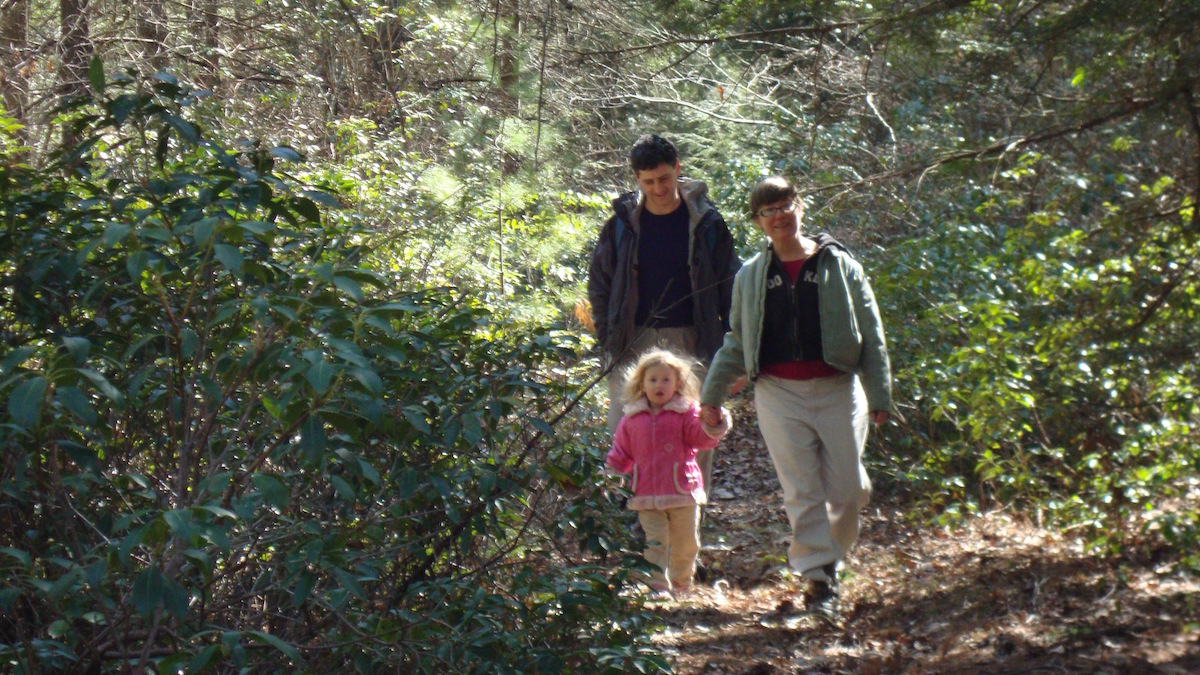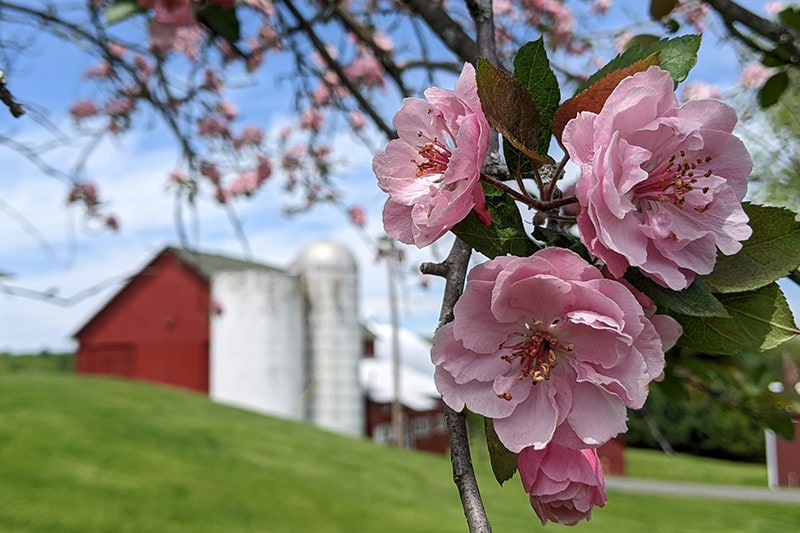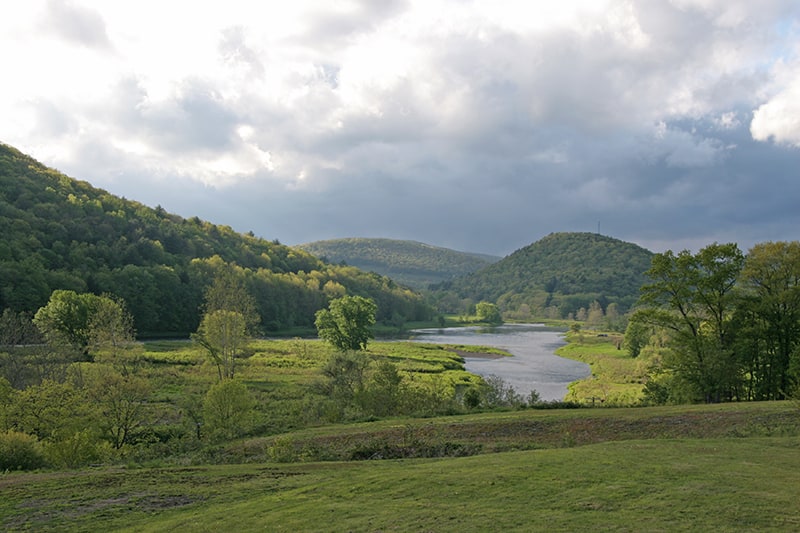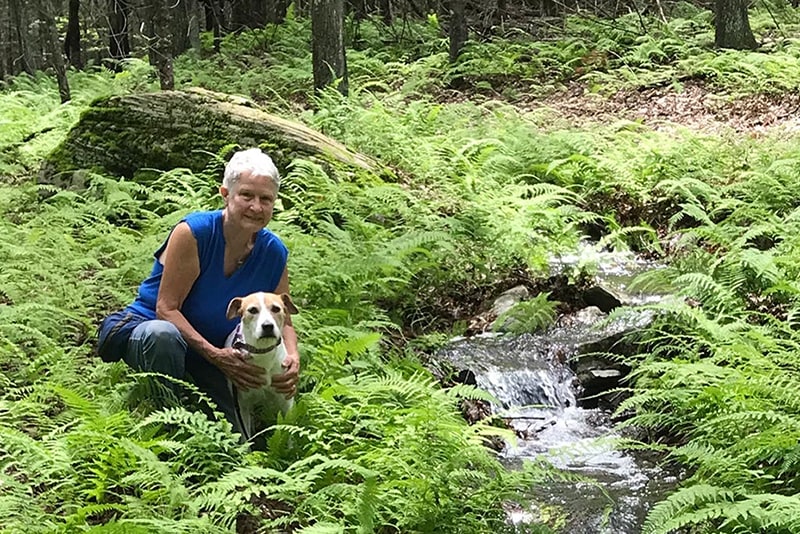What's New

July 18, 2017
Protecting Pike County’s Tourism-Based Economy
Saving land saves money. For example, each of the 38,547 households in Pike County, PA paid $936 less in local and state taxes during 2014 as a result of taxes generated by tourist spending, according to data in our Saving Land Makes Cents report.
Consequently, if not for the state and local taxes paid by visitors to Pike County each year, local taxpayers would pay MORE to replace the taxes generated by tourist spending.
So, while our local farms and forests, rivers and streams, and scenic vistas provide restorative outdoor experiences, these natural areas are also productive assets that generate significant economic value. Protecting those assets is a smart investment that serves county residents now and in future dividends.
Our Saving Land Makes Cents report shows that in 2014 Pike County’s tourist activity:
~ generated $607.1 million per year in visitor spending,
~ produced $159.5 million per year in worker income and paychecks,
~ generated $36.1 million per year in combined state and local taxes,
~ and gave rise to 4,922 jobs per year.
Protecting water quality and quantity, preserving wildlife habitat, and maintaining scenic viewsheds and small town community character help to ensure the sustainability of Pike County’s local tourism-based economy as well its high quality of life.
Conservation at a Crossroads
Since 2006, Pike County’s Scenic Rural Character Preservation Program has protected more than 3,500 acres and leveraged $6 million of state, federal or other funds.
In addition, the program has awarded $5.6 million for acquisition of property for parks, open space and trails, as well as for the purchase of conservation easements from willing sellers.
However, the initial program was limited to a period of 10 years, which time frame has now passed. To continue the economic benefits and to help maintain the high quality of life that we all enjoy in Pike County, we’d like to hear what you think about continuing local conservation, planning and land protection efforts.
We invite you to complete this brief survey.





